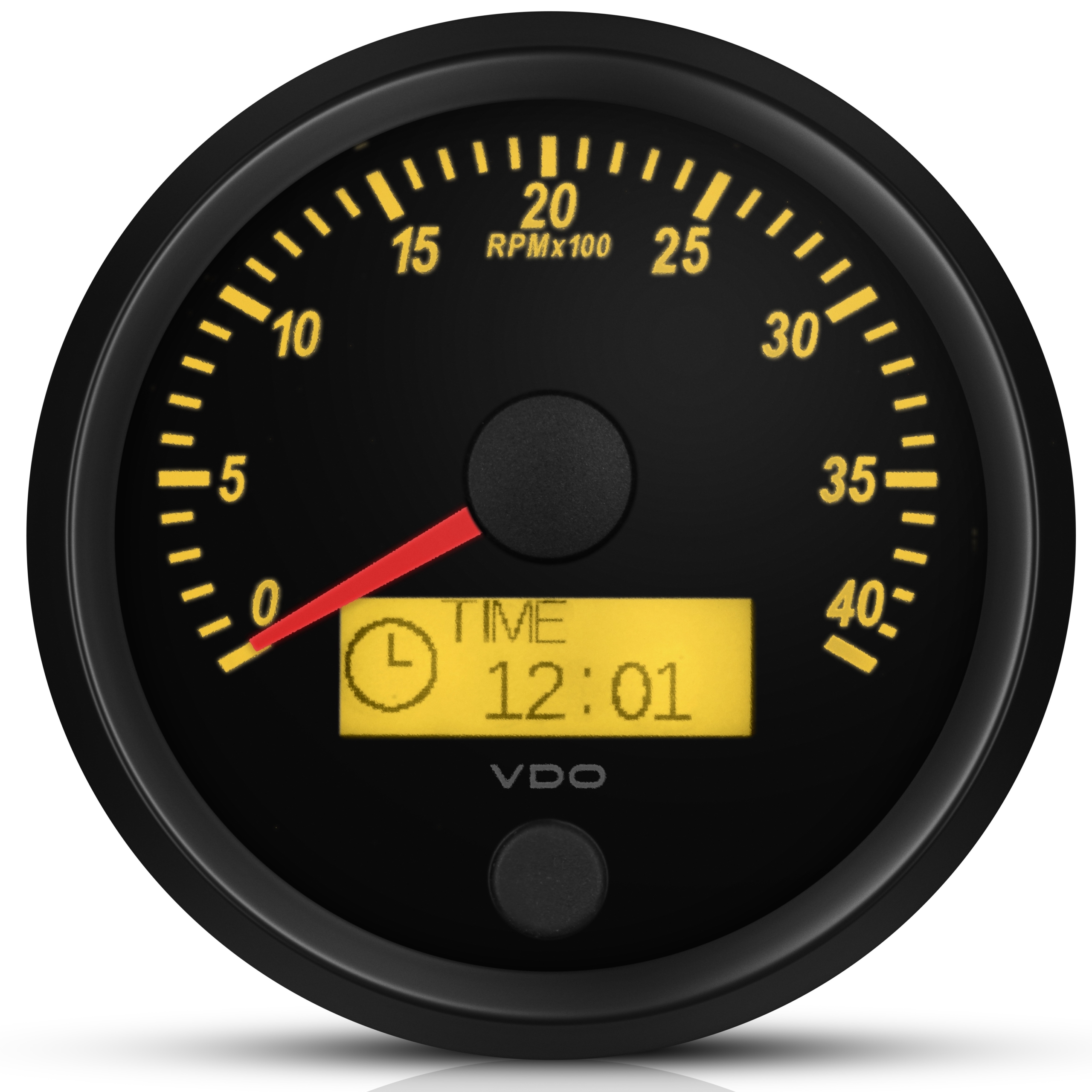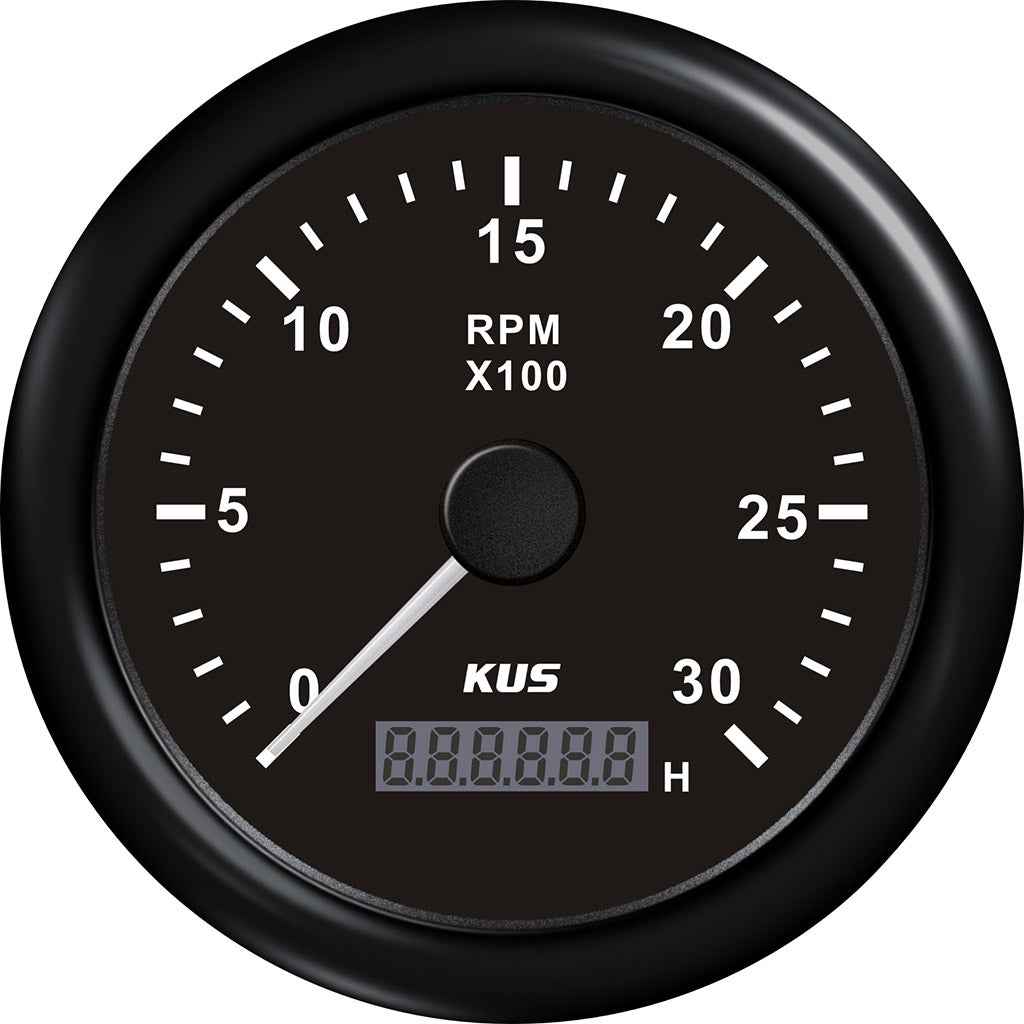Just how to Choose the Right Tachometer for Your Vehicle or Motorbike
Just how to Choose the Right Tachometer for Your Vehicle or Motorbike
Blog Article
The Importance of a Tachometer in Keeping Track Of Engine Speed and Efficiency in Automotive Applications
In the realm of vehicle engineering, the tachometer stands as a critical tool in the chauffeur's collection, providing a straight window into the inner workings of a vehicle's engine. Beyond its function as a simple scale of transformations per min (RPM), the tachometer serves as a crucial tool for fanatics and professionals alike, supplying real-time insights into engine performance and wellness.
Significance of Keeping Track Of Engine RPM
Monitoring engine RPM, or transformations per minute, is a crucial element of automobile maintenance and efficiency evaluation. Engine RPM directly associates with the rate at which the engine's crankshaft rotates, suggesting exactly how quickly the engine is running - tachometer. By keeping an eye on RPM, technicians can analyze the health and wellness of the engine, identify prospective concerns, and fine-tune efficiency. An uncommon RPM reading may signal problems such as engine misfires, faulty ignition system, or problems with the gas distribution system. Continually high RPM readings can indicate aggressive driving behaviors or the demand for a greater equipment shift to boost fuel effectiveness.
Moreover, checking engine RPM is crucial for efficiency evaluation in auto racing and high-performance vehicles. Preserving optimal RPM degrees is important for accomplishing peak power result and acceleration. Racers commonly use tachometers to ensure they are operating within the optimal RPM range for maximum performance. In summary, monitoring engine RPM is not only vital for spotting issues yet also for maximizing engine efficiency in various automotive applications.

Advantages of Real-Time Data
In automobile applications, real-time data plays a crucial function in giving instant insights into the performance and condition of the vehicle. By continuously keeping an eye on different criteria such as engine rate, temperature, gas consumption, and more, real-time data supplies many benefits that add to boosted efficiency and safety and security when driving.
Additionally, real-time information helps with efficiency optimization by supplying immediate responses on driving practices and engine performance. Motorists can adjust their actions in real-time based on this info to attain much better gas economic climate and extend the lifespan of their automobile.

Furthermore, real-time information plays a vital duty in modern vehicle diagnostics, allowing technicians to swiftly diagnose and attend to breakdowns. This results in lowered downtime, lower maintenance costs, and inevitably, enhanced total car reliability and longevity (tachometer). By utilizing the power of real-time information, auto stakeholders can make informed decisions that favorably influence both the performance and longevity of the automobile
Influence On Gear Shifts
Efficient gear changes in auto applications considerably affect total performance and driving experience. The tachometer plays a vital duty in maximizing gear shifts by offering real-time engine speed data to the motorist. When coming close to the redline on the tachometer, it signifies the vehicle driver to upshift to avoid over-revving the engine and triggering prospective damage. On the other hand, downshifting at the right moment can assist preserve the engine in its power band, guaranteeing responsive acceleration when needed.
Additionally, the tachometer help in accomplishing smoother gear transitions, especially in hands-on transmissions. By keeping track of engine speed, chauffeurs can execute equipment changes at the ideal RPM range, reducing jerking motions and decreasing endure the transmission elements. This precision on duty modifications not just improves driving comfort yet likewise adds to fuel performance.
Enhancing Gas Effectiveness
Provided the crucial duty the tachometer plays in maximizing gear changes for performance and engine health, it straight adds to taking full advantage of fuel efficiency in automotive applications. By giving real-time feedback on engine rate, the tachometer helps drivers in keeping the Learn More Here most reliable RPM variety for gas economic situation. When vehicle drivers regularly monitor the tachometer and change their motoring practices accordingly, they can prevent unneeded gas intake triggered by over-revving or hauling the engine.
Furthermore, the tachometer aids chauffeurs recognize the most fuel-efficient gear to be in at any kind of given minute, avoiding the engine from functioning harder than needed. This is specifically important throughout velocity and cruising, where being in the ideal equipment can considerably influence gas efficiency. Furthermore, the tachometer can alert motorists to possible mechanical issues that might be adversely influencing gas economy, such as a slipping clutch or a stopped up air filter. To conclude, the tachometer works as an important device in boosting gas performance by promoting you can try here optimal driving behaviors and identifying areas for improvement in the car's efficiency.

Optimizing Engine Durability
The tachometer's function in checking engine rate and efficiency is critical in ensuring the durability of automotive engines. Keeping an eye on the tachometer allows motorists to stay within the recommended RPM variety for their lorry, stopping unneeded strain on the engine and prolonging its lifespan.

Conclusion
To conclude, the tachometer plays an important role in keeping an eye on engine speed and efficiency in vehicle applications. By supplying real-time data on RPM, it permits for efficient gear shifts, improved fuel effectiveness, and taken full advantage of engine longevity. This device is important for keeping optimal engine efficiency and ensuring the general capability of a car.
Report this page